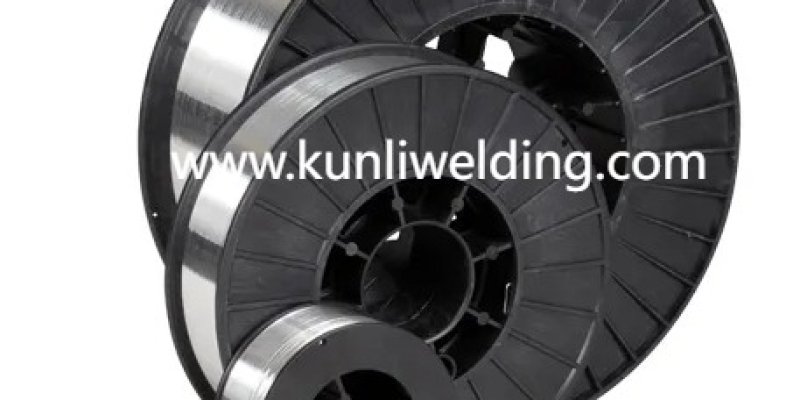

Lightweight design and tighter service margins are reshaping vehicle and aircraft programs, and Aluminum Welding Wire ER4943 has emerged in many engineers' specifications for joins where corrosion resistance and stable mechanical performance are priorities. As manufacturers push toward lighter platforms and electrified powertrains, selecting a filler that matches alloy behavior, finishing expectations, and production methods becomes a practical part of meeting program goals.
One clear area where this filler earns attention is its balance between weldability and deposit stability. For components that will see road splash or coastal exposure, a weld deposit that forms a protective surface layer reduces the rate at which joints degrade in service. That helps fleet managers plan fewer interventions and can lower operational interruptions for vehicles or aircraft operating in challenging climates. When combined with good surface treatment practice, the filler's deposit traits contribute to assemblies that hold up under routine inspection cycles.
Fatigue resistance and toughness matter in both automotive and aerospace contexts. Battery supports, chassis members, and thin alloy panels that carry cyclic loads benefit from weld metal that resists crack initiation. Repair crews and production teams value a filler that keeps ductility in the deposit while delivering consistent tie in to the parent metal. That mechanical balance reduces the chance that a seemingly minor fatigue crack will grow into a service affecting defect during field service.
Weld pool control and finishing are practical concerns on busy production floors. A wire that wets and flows predictably makes bead geometry more uniform and reduces the need for heavy blending before painting or coating. For parts that are visible or that require tight fit up, a neat bead saves time and improves handoff to finishing stations. In high volume lines that mix automated and manual stations, consistent feedability and steady arc behavior help maintain rhythm and lower stoppages caused by feed related issues.
Thermal behavior during welding affects dimensional stability on thin assemblies. A filler that allows controlled heat input and incremental build up of deposit helps keep panels and frames within tolerance after joining. That matters for parts that drop directly into assembly fixtures where small distortions have cascading effects downstream. Using a filler with predictable thermal response eases joint sequencing and reduces labor on corrective shaping operations.
Compatibility with surface treatments and corrosion protection systems is another practical factor. When a deposit accepts coating and adheres without causing voids or adhesion loss, protective systems perform as intended. That reduces the likelihood of premature coating failure which often leads to localized corrosion. For programs that emphasize lifecycle planning and warranty exposure, material choices that support finishing workflows help manage long term maintenance budgets.
Production integration is influenced by spool formats and handling notes. Suppliers that offer sealed packaging and spool options that fit common feeders reduce the chance of moisture pickup and porosity. For teams scaling production or switching suppliers, matching spool geometry to feeders and ensuring clear handling guidance shortens qualification time. Trials on representative panels with the intended feeder and torch setups verify process windows and help avoid surprises during ramp up.
Field repairability and logistics also shape filler selection. Components repaired in remote locations or on mobile workshops require wire that feeds reliably under variable conditions. Packaging that limits environmental exposure and straightforward handling guidance support repair crews working in the field. Simple practices such as short trial beads after spool changes preserve confidence that the feed path and shielding are correct before committing to critical welds.
Sustainability and supply chain resilience are increasingly part of the purchasing conversation. Lighter structures contribute to lower energy consumption during operation and may reduce emissions across a vehicle fleet. Wires that reduce rework and ship in efficient packaging align with procurement goals to lower lifecycle impact. When suppliers publish handling recommendations and batch records, buyers can match material choice with maintenance planning and traceability needs.
Engineers planning to specify filler for automotive or aerospace use should coordinate material choice with design, finishing, and production teams. Trial welds on representative components help tune parameters, while clear supplier notes on spool formats and handling reduce qualification time. When teams align alloy selection with feeder compatibility and finishing expectations, the path from prototype to production becomes smoother and inspection outcomes become more predictable.
For technical notes, product formats, and handling guidance related to ER4943 and comparable wire types consult the manufacturer news and product resources at www.kunliwelding.com which include recommended applications and packaging options to support fabrication and repair workflows.